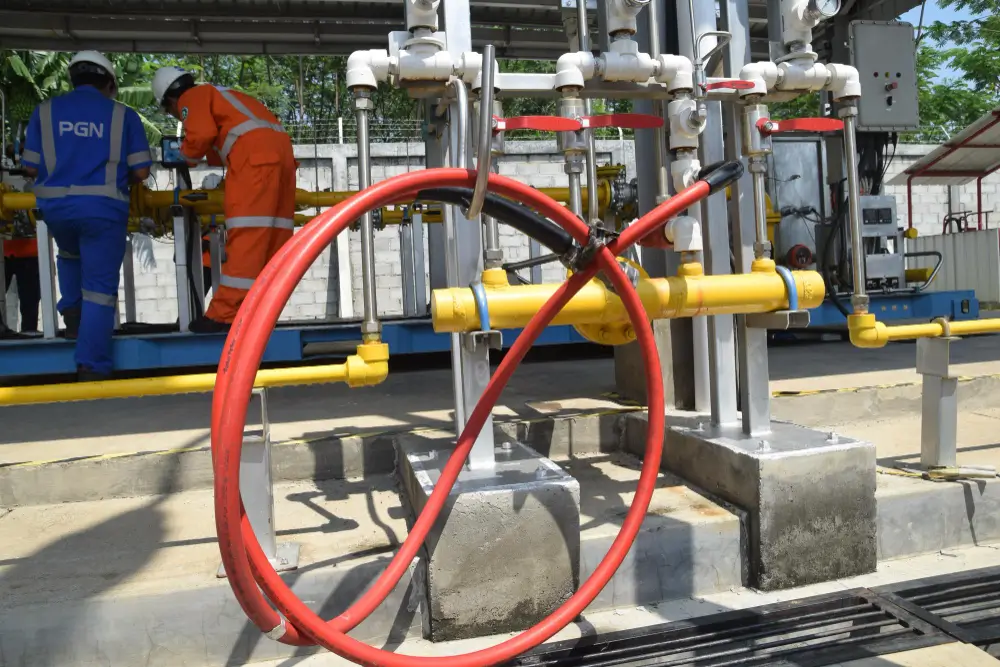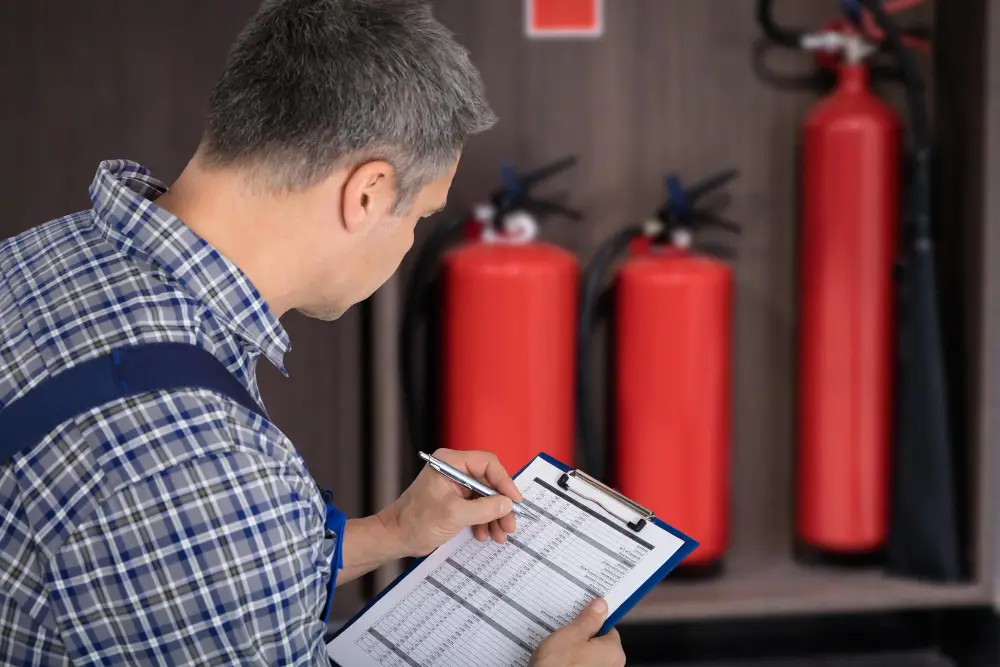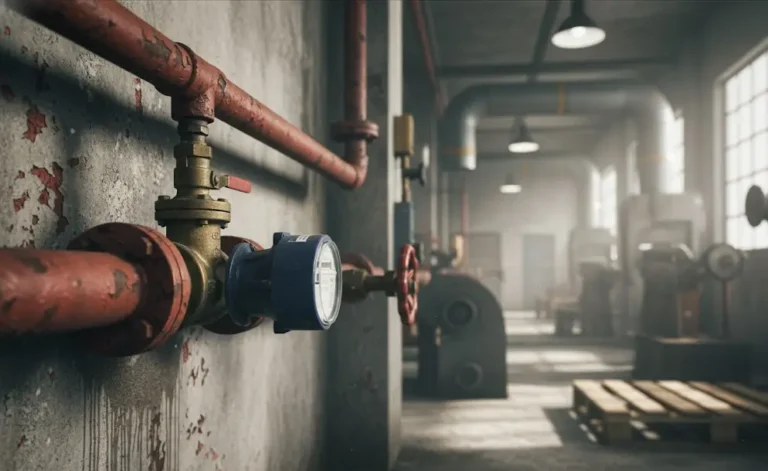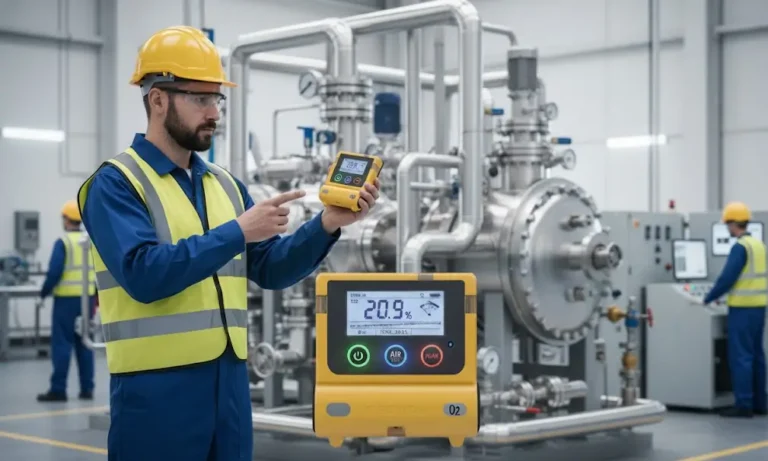TL;DR: Audit your detection setup now: map detectors to actual hazard zones, run live tests under real conditions, check two years of maintenance records, and verify that every detector is tied into alarms and control systems. Upgrade or replace ageing or poorly performing units and fix blind spots to reduce false alarms and close critical safety gaps.
Key Takeaways:
- Map detector coverage on the ground and trace airflow to find blind spots.
- Run calibrated live tests and record response times and repeatability.
- Verify maintenance history, calibrations, and replace units showing repeated drift.
- Confirm integration with alarms, suppression systems, and control systems for fast response.
Why Flame Detection Audits Can’t Be Ignored
Fire safety systems are often installed and then largely forgotten, with many facility managers trusting that once a flame detection system is in place it will always function as intended.
In reality, these systems gradually wear down, environmental factors shift, and hidden blind spots can develop without anyone noticing.
Conducting an audit of your gas and flame detection systems is far more than a routine compliance checkbox.
It is a critical step that uncovers weaknesses which, if ignored, could put people’s lives, valuable equipment, and entire operations in danger.
Where Safety Gaps Usually Hide
Even with a good system in place, most facilities face the same overlooked risks.
Sensors Losing Accuracy
All sensors drift over time, even when they pass routine checks. Dust, humidity, heat cycles, and chemical exposure slowly dull a detector’s sensitivity, which can stretch response times just when speed matters most.
Poor Detector Placement
Detectors that look well spaced on a drawing can miss pockets where heat and combustion byproducts never reach. In real conditions, airflow can pull smoke and hot gases away from a sensor, leaving hidden corners unprotected and letting a small ignition grow before anyone is alerted.
Outdated Technology
Flame detection has moved forward quickly with multi-spectrum and image-based options that improve reliability. Older models may miss certain flame signatures or trigger nuisance alarms, which leads to alarm fatigue and slower reactions when a real event occurs.
Lack of Integration
If detectors do not talk to alarms, suppression equipment, or your control system, every second of delay is on you. Proper integration ensures a single alert sets off the right signals, starts the right actions, and makes it clear who must respond.
How to Audit Your Flame Detection System Step by Step
A proper audit is more than a quick check. It should be structured, thorough, and repeatable.
Step 1:Review System Layout
Start by mapping each detector to your facility’s hazard zones and critical equipment, then verify coverage in the field rather than relying only on drawings. Use a brief walk-through with operations staff to confirm that what seems protected on paper is genuinely protected in real conditions.
- Identify blind spots caused by obstructions, racking, vessels, or shielding
- Trace airflow near vents, doors, extraction points, and prevailing winds
- Prioritise high‑ignition areas such as burners, fuel skids, compressors, and loading bays
Step 2: Test Sensor Performance
Run live functional tests that capture response time, detection distance, and repeatability in real site conditions. Record results carefully so any drift from baseline is easy to spot.
- Use calibrated test torches or approved flame simulators
- Document alarm set points, response time, and relay outputs
- Repeat tests at different angles, distances, and backgrounds
- Compare results with the manufacturer specification and the applicable industry standard for your site
Step 3: Check Maintenance Records
If calibration, cleaning, or servicing has been inconsistent, sensor performance may already be compromised. Treat your maintenance logs like a health record that shows where reliability might be slipping.
- Check the last calibration date against the manufacturer interval and your site policy
- Look for missed services, failed function tests, or repeat corrective work on the same device
- Compare readings before and after cleaning to see if drift returns quickly
Step 4: Assess Technology Relevance
Review your current detectors against today’s fire safety standards and your site’s risk profile.
Where gaps appear, consider upgrades to modern multi-spectrum flame detection to strengthen coverage and reduce nuisance alarms.
- Check certifications such as SIL and hazardous area approvals that match your process conditions
- Compare field of view, response time, and false alarm immunity across models already on site
- Consider optics or video analytics that verify flame characteristics and help operators see what triggered the alarm
Read practical guidance on gas detection choices in the gas detection decision that could save your site
Step 5: Verify System Integration
Confirm every detector communicates with alarms, panels, suppression, and your control system so alerts turn into action quickly.
An isolated detector is only half a solution, so validate the full signal path from detection to response.
- Verify hardwired and network links to PLC, DCS, ESD, and notification systems
- Test relays, fault outputs, and fail-safe behaviour under power loss and cable faults
- Check event logs and time synchronisation so investigations are clear and fast
Pre-Audit Preparation Checklist
Before you start the audit, gather the right information and align the right people so testing runs smoothly. A short prep window saves time during the walk-through and reduces the chance of missing a critical check.
Gather current P&IDs, hazardous area drawings, detector layouts, and the latest cause and effect matrix, alarm philosophy, and shutdown logic.
Include maintenance records for the past 24 months, plus vendor manuals, datasheets, and model numbers for every detector and interface, and check the flame detectors product page for examples and specifications.
Line up the practicalities so the audit can run safely and without delays.
Confirm access permits, radios, and a simple test plan agreed with Operations and HSE, so everyone knows what will be tested, how it will be made safe, and who signs off each step.
Why Safety Gaps Go Unnoticed
Facilities often assume that passing regulatory checks means everything is safe. In reality, audits usually focus on paperwork, not live performance. A compliance certificate doesn’t guarantee real-world protection.
Taking Action Before It’s Too Late
Waiting until an incident exposes flaws is never the right strategy. A proactive flame detection audit can prevent catastrophic losses, protect your workforce, and ensure compliance.
Your facility’s safety is only as strong as its weakest detection point. Finding and fixing those weaknesses now is always less costly than facing the aftermath of a preventable fire.
Signs It’s Time for an Upgrade
Your audit may reveal small gaps, but some issues signal it’s time to consider an upgrade.
- Frequent false alarms disrupting operations
- Detectors over ten years old
- Evidence of corrosion or damage on units
- Expansion of your facility without re-mapping the detection system
Why Choose Minerva SG
At Minerva, we specialise in advanced gas and flame detection systems built for high-risk industries, focusing on solutions that work in complex environments where ordinary detectors fall short.
We do not just provide products. Our team conducts on-site evaluations, customised audits, and tailored installations that address the unique fire risks of each facility.
With decades of experience and partnerships with global detection technology leaders, we deliver reliability you can trust.
Learn more about our approach and real project results in this article on how Minerva is raising the standard for industrial fire safety in Singapore: How Minerva is raising the standard for industrial fire safety.
Ready to Strengthen Your Flame Detection System?
Don’t let hidden safety gaps put your facility at risk. Book an audit with Minerva SG today and discover how our advanced gas and flame detection systems can secure your operations.






